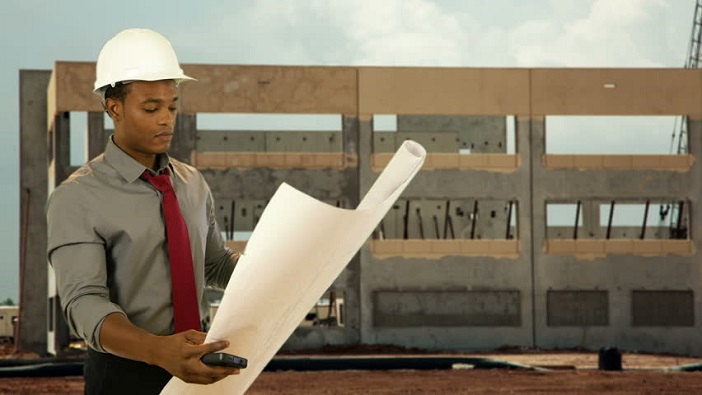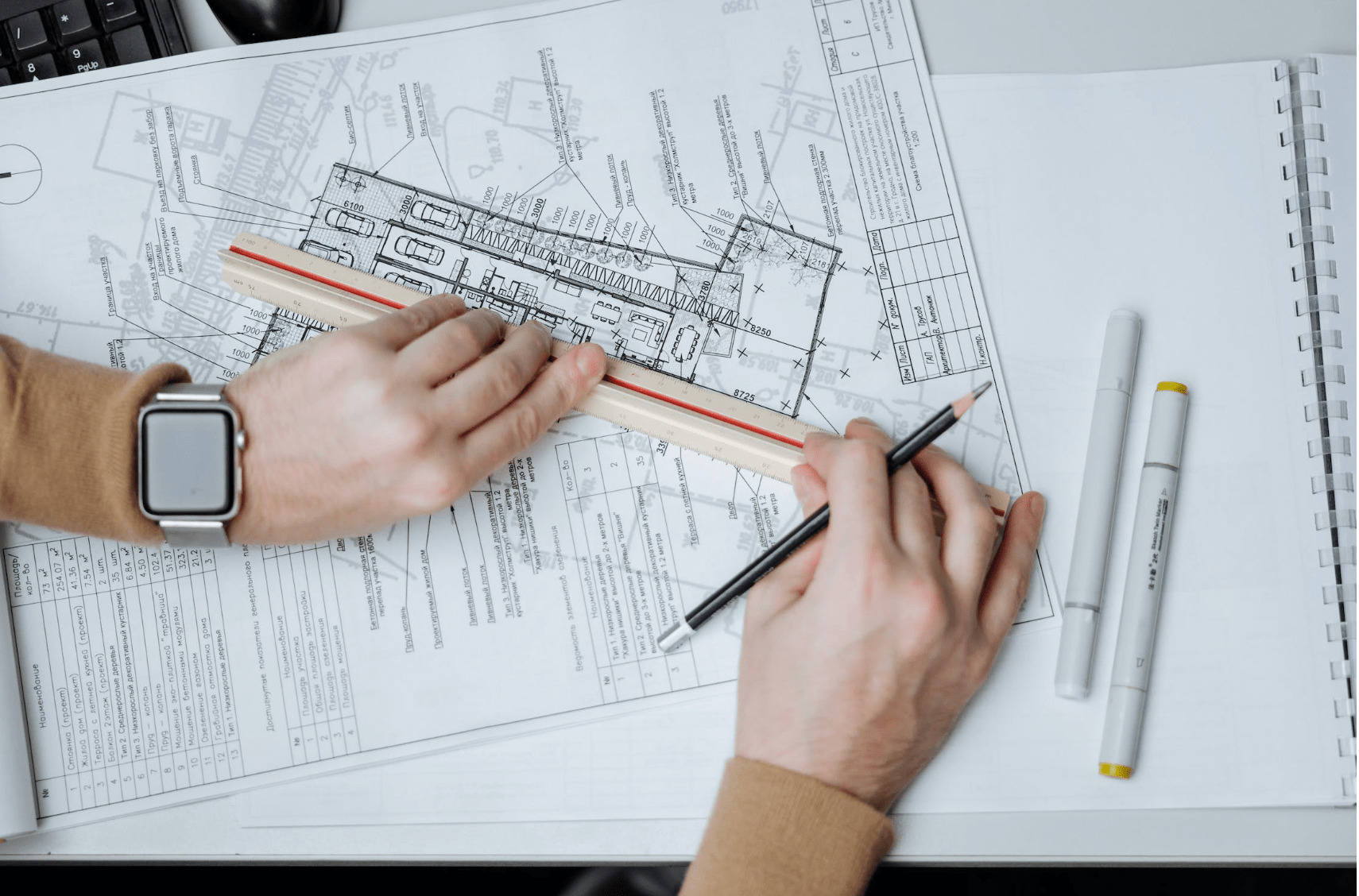Architect Rules for Designing Timeless Interiors
Architect Rules for Designing Timeless Interiors
Blog Article
The Role of Sustainability and Modern Technology in Modern Architect Practices
Sustainability and technology are improving modern style in methods you could not expect. By welcoming smart advancements and eco-friendly products, engineers are not just developing buildings; they're crafting settings that enhance our high quality of life.
The Importance of Sustainable Style
Lasting style is necessary not just for the atmosphere yet also for improving our top quality of life. You're not just lowering your carbon impact; you're creating areas that advertise wellness and health when you embrace sustainable style. Imagine living in a home that utilizes all-natural light, boosts air top quality, and reduces energy expenses. You'll feel a lot more comfy and linked to nature.
Furthermore, sustainable architecture frequently results in stronger communities. When buildings are designed with environmentally friendly practices, they can inspire others to do the same, cultivating a society of sustainability. You'll observe boosted residential or commercial property values and a greater sense of satisfaction in your surroundings.
Finally, by prioritizing sustainability, you're buying the future. You're ensuring that future generations enjoy a much healthier earth and lively neighborhoods. When you consider your next task, believe about just how sustainable architecture can boost your life and those around you.
Ingenious Materials Changing Building Practices
As you discover ingenious materials in design, you'll discover that biodegradable building and construction materials are improving exactly how we think regarding sustainability. Recycled content technologies are providing new life to waste, while clever material modern technologies improve building effectiveness. These advancements not only advertise eco-friendliness but likewise press the boundaries of layout.
Naturally Degradable Building And Construction Materials
While standard building products commonly add to ecological deterioration, naturally degradable building materials are emerging as a viable choice that transforms structure techniques. By incorporating naturally degradable alternatives into your designs, you're not just improving visual charm; you're additionally making a favorable effect on the earth. As you adjust to these ingenious materials, you'll discover that they provide longevity and versatility, allowing you to produce structures that straighten with modern values of sustainability and obligation.
Recycled Content Advancements
Over the last few years, cutting-edge products with high recycled content have changed building practices, supplying architects interesting brand-new choices - Architect. You can now incorporate materials like recycled steel, which not only decreases waste however additionally boasts excellent stamina. Recycled glass is another fantastic selection, providing visual charm while lessening ecological influence

Smart Material Technologies
Smart product innovations are improving the method you think of developing methods, using dynamic services that adjust to altering conditions. These cutting-edge products, such as self-healing concrete and thermochromic glass, enhance structure performance and sustainability. Think of frameworks that can adjust to temperature level changes or repair themselves when damaged-- these innovations are no more just principles. By incorporating smart products, you can produce energy-efficient styles that react to their atmosphere, decreasing overall power usage. The ability to adapt and check in real-time streamlines upkeep and prolongs the lifespan of structures. As you accept these modern technologies, you're not just innovating; you're contributing to a more sustainable future in design, merging capability with ecological duty.
The Integration of Smart Technologies in Design
As innovation advances, integrating wise remedies into architectural style comes to be important for producing lasting and reliable areas. You can include clever modern technologies like developing administration systems, which optimize power use and boost resident convenience. Sensing units can keep track of environmental problems, readjusting lighting and temperature automatically based upon real-time data. This flexibility not just enhances user experience yet likewise decreases energy usage.
Including Web of Points (IoT) tools enables seamless interaction among numerous structure systems, allowing you to make data-driven decisions that improve capability. Smart products that reply to environmental adjustments can additionally boost your style, supplying dynamic services to ever-changing problems.
Energy Efficiency and Renewable Energy Solutions
While lots of designers concentrate on aesthetic appeals, focusing on energy efficiency and renewable resource services is necessary for sustainable style. You can begin by including passive solar style, which maximizes natural light and warm, decreasing reliance on man-made lights and heating systems. Make use of high-performance insulation and energy-efficient home windows to lessen power loss.
Do not forget regarding sustainable energy systems-- install solar panels or wind turbines to produce tidy power on-site. You can also take into consideration including geothermal heating and cooling down systems for a much more sustainable temperature regulation.
By selecting energy-efficient appliances and lights, you'll not only reduce power usage however likewise reduced operational prices for developing passengers.
Including these principles right into your styles not just profits the setting yet likewise improves the structure's allure and value. Eventually, your commitment to energy efficiency and renewable energy will set your tasks apart in an open market.
Water Conservation Methods in Modern Architecture
Incorporating water preservation methods right into modern architecture is important for developing lasting buildings that lessen environmental influence. You can accomplish this by incorporating rain harvesting systems, which store and accumulate rain for watering and non-potable usages. Executing low-flow fixtures and wise irrigation systems likewise reduces water intake, making certain effective use throughout the building.
Take into consideration making use of drought-resistant landscaping, read more which calls for less water and promotes biodiversity. Integrating permeable paving materials permits rainwater to penetrate the ground, decreasing drainage and recharging groundwater materials.
In addition, installing greywater recycling systems can repurpose water from sinks and showers for commode flushing or watering, more conserving resources.
The Effect of Biophilic Design on Health
Biophilic layout brings nature indoors, and you'll discover its favorable results on your wellness and happiness. By boosting interior air quality and connecting you with natural elements, these rooms can change your day-to-day experience. Let's discover just how incorporating these functions can enhance your overall health.
Nature's Impact on Health and wellness
When you incorporate aspects of nature right into your environments, it can considerably improve your physical and psychological health and wellness. Biophilic layout, which highlights natural light, plants, and organic products, cultivates a feeling of connection to the outdoors. Welcoming biophilic design is an action towards a much healthier way of living.
Enhancing Indoor Air High Quality
While lots of individuals concentrate on appearances and capability in style, boosting interior air quality plays an essential role in your total well-being. By integrating biophilic design elements, you can enhance air quality naturally. Focusing on these elements in your layout will not only boost your area but also promote a feeling of tranquility and well-being.
Connection With All-natural Elements
When you get in touch with natural environments in your space, you not only enhance its visual allure but likewise considerably improve your wellness. Biophilic style motivates you to include features like plants, natural light, and organic products. These components develop a soothing atmosphere, lowering stress and anxiousness. Research shows that being around nature can improve your mood and cognitive function, helping you really feel much more focused and effective. You may discover better air top quality and raised comfort when you invite the outdoors inside. Easy adjustments, like including a living wall surface or large windows, can greatly impact your experience (Architect). Ultimately, integrating nature into your atmosphere leads you to a healthier, better lifestyle, cultivating a deeper link to the globe around you.
Future Trends in Sustainable Architectural Practices
As the world encounters pushing environmental difficulties, architects are progressively welcoming innovative techniques to sustainability that redefine just how we design and build. You'll see a surge in biophilic layout, integrating nature right into metropolitan areas to improve wellness and decrease power usage. Smart technologies, like AI and IoT, are improving power administration in structures, enhancing resource usage, and minimizing waste.
Additionally, modular construction is gaining grip, enabling much faster, more effective structure procedures while lowering ecological influence. The use of sustainable products, such as redeemed timber and recycled metals, is becoming standard technique. As you discover these patterns, expect a change toward round layout, emphasizing the lifecycle of products and advertising reuse and recycling.
These forward-thinking methods not only address eco-friendly issues but additionally produce much healthier, a lot more resilient areas. By staying notified concerning these fads, you can help form a sustainable future in design.
Regularly Asked Questions
Just How Can Sustainability Affect Project Prices and Budget Plans?
Sustainability can substantially affect project click here prices and budgets. You might find that preliminary investments in green materials or technologies cause lasting savings through power performance, decreased waste, and possible government incentives, ultimately stabilizing the general expenses.
What Certifications Exist for Lasting Architecture?
You'll locate several certifications for sustainable design, including LEED, BREEAM, and the Living Structure Difficulty. These certifications assist you demonstrate your commitment to sustainability and can improve your job's credibility and appeal to customers.
Exactly How Does Local Culture Impact Lasting Layout?
Neighborhood society forms lasting design by reflecting area worths, practices, and products. You'll locate that incorporating local visual appeals and practices not only appreciates heritage but likewise boosts the capability and approval of your architectural tasks.
What Role Does Customer Education And Learning Play in Sustainable Practices?
Client education and learning's necessary for promoting sustainable practices. When you educate clients concerning benefits, costs, and environmental influences, you equip them to make enlightened choices, promoting a collective strategy that enhances the job's overall sustainability.

Exactly How Can Architects Determine the Success of Sustainability Campaigns?
You can gauge the success of click here sustainability campaigns by tracking energy consumption, assessing material efficiency, and gathering feedback from clients. Routine audits and comparisons versus criteria will help you fine-tune your techniques and display renovations successfully.
By integrating smart products, you can develop energy-efficient layouts that respond to their atmosphere, decreasing overall power intake.While many engineers focus on appearances, focusing on energy performance and eco-friendly energy options is essential for lasting layout. Biophilic layout, which emphasizes all-natural light, plants, and organic products, promotes a sense of connection to the outdoors. Biophilic layout encourages you to integrate features like plants, all-natural light, and organic materials. As you explore these patterns, anticipate a change toward circular layout, stressing the lifecycle of products and advertising reuse and recycling.
Report this page